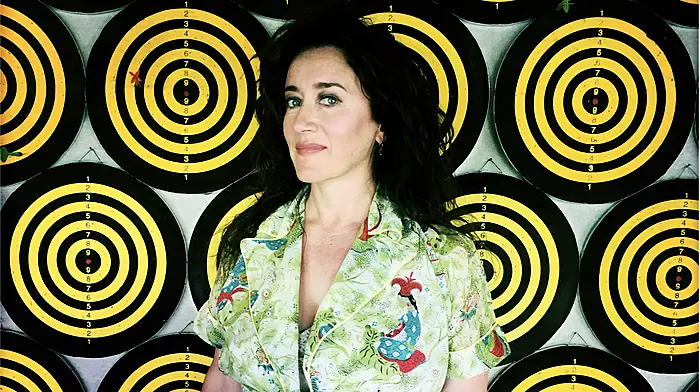By Linda Hamilton, Cognitive behavioural therapist
WHAT if you fear the thought of relaxing and being too happy?
A quick recap. In a recent column, I discussed research showing relaxation makes some people edgy and anxious. If you’re a big worrier, you fear letting your guard down and don’t like sharp emotional shifts – for example, going from feeling relaxed to stressed or fearful. You think, it’s important to be prepared, in case something bad happens.
Thus, ‘happy’ situations can make you nervous. Rather than saying ‘yippee’, you stay on guard and continue to worry, so you’re prepared in case something bad happens. And if nothing bad happens, you get to experience a positive emotional contrast – ‘Thank God XYZ didn’t happen’.
People prone to low mood and depression often adopt a similar strategy, one of defensive pessimism. If you’re used to things going wrong, then hope can feel destabilising – a mindset encapsulated in the expression, ‘It’s the hope that kills you.’
These are human responses, understandable attempts to avoid emotional pain. But the strategy is an unwise one that steals the joy from your life.
Emotional exposures
One way of changing this mindset is by devising what I call emotional exposures. In my last column, I discussed exposure and response prevention (ERP). An exposure is when you willingly expose yourself to a feared situation (for example, taking a flight if you have a fear of flying); response or ritual prevention (RP) means you don’t resort to rituals or safety behaviours when doing the exposure (say, drinking alcohol or taking pills to calm your nerves on the plane, being hyper-vigilant about turbulence, praying excessively or reciting positive mantras, and so on).
Instead, you sit with the anxiety, thus teaching the brain an important lesson: I can handle this.
What kind of emotional exposures can worriers do? I previously gave the example of the parent who worries when her children fly abroad, getting them to text her when the flight arrives safely so she can breathe a sigh of relief.
The exposure here is simple: no texts, no ‘safe flight’ messages, no requests for reassurance.
The response prevention: no worrying. Not texting the kids is good, but you will undo the exposure if you choose to spend the time worrying. Instead, maybe break out the popcorn and watch a comedy on TV.
Some people here might say, I can’t help worrying. Two points on this. Firstly, worriers tend to believe worrying is uncontrollable, but this isn’t actually the case. Yes, it can be difficult to rein it in, but worry can (and should) be controlled.
Secondly, let’s be honest here: you don’t really think the plane will crash or that serious harm is going to happen! You just feel uncomfortable not worrying in such cases. Worry shows I care, worry helps me prepare, it’s irresponsible not to worry – these positive beliefs about worry keep you stuck.
Thus, you should practice emotional exposures that target these beliefs and that build up your tolerance for discomfort, such as doing ‘happy’ things when you would ordinarily be worrying.
Other people might not be chronic worriers, but they might still get uncomfortable or guilty when relaxing or doing ‘happy’ things. Many people feel they ‘should’ be doing something else, something productive or sacrificial. Emotional exposures here might mean carving out some me-time – for example, telling your kids (or parents) that you can’t do XYZ because you’re meeting a friend for coffee, or engaging fully with your friends when on a night out and not texting or ringing home to make sure all is well.
If you fear letting your guard down and being ‘too happy’, then try and devise your own emotional exposure exercises. Actively look forward to things (nights out, holidays, and so on), as opposed to playing them down. Don’t try to figure everything out; instead, expose yourself to uncertainty and assume the best, rather than planning and preparing for the worst. Give yourself permission to hope and be happy.
Seemingly simple exposures can feel destabilising, but they’re incredibly powerful.
Allow yourself to experience those emotional shifts. Teach your brain that important message: I can handle this.
Linda Hamilton is a Kinsale-based cognitive behavioural therapist.
If you would like to get in touch with her, call 086-3300807
For more information, go to www.kinsalecbt.com










